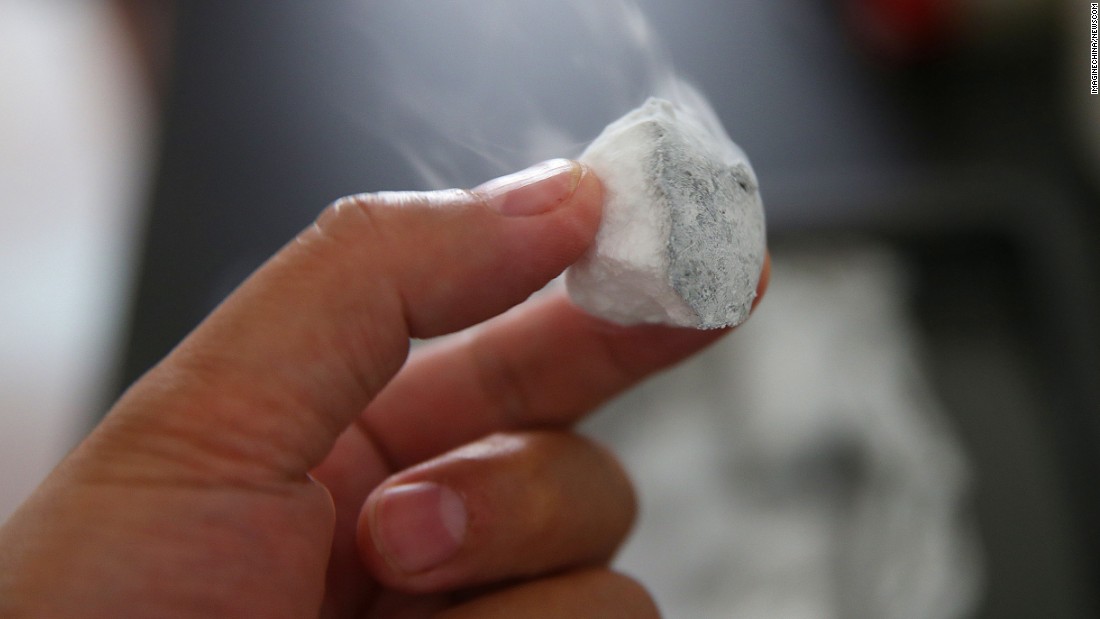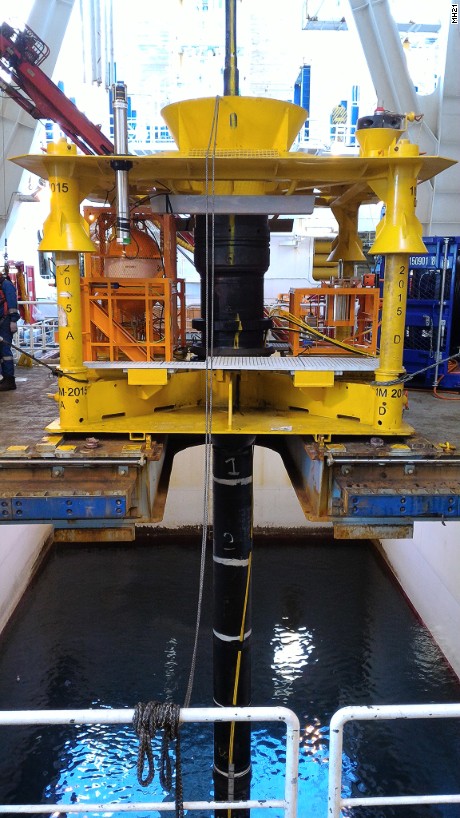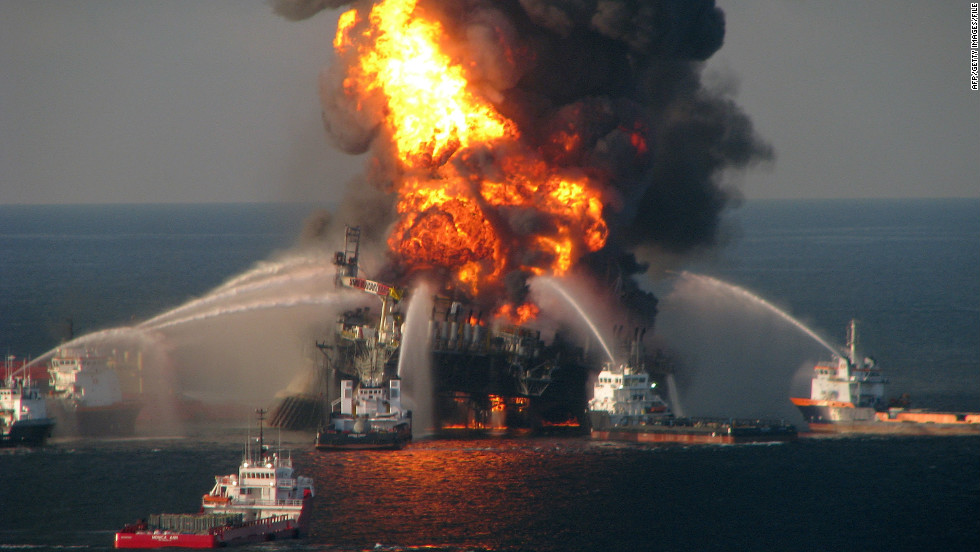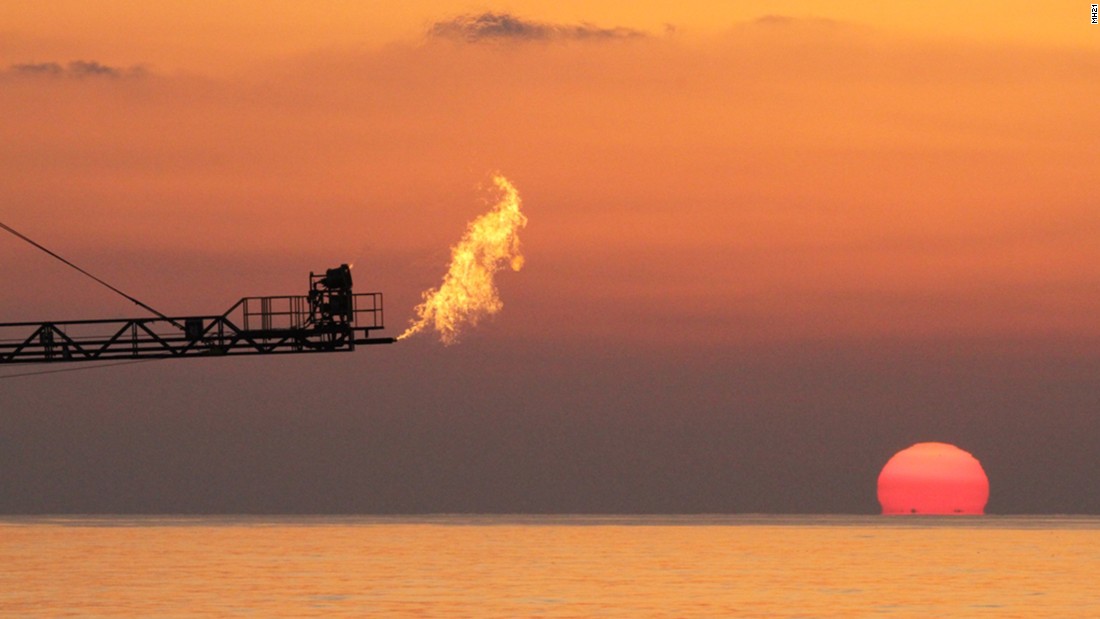| Can Japan burn flammable ice for energy?
Japan is trying. Between 2002 and 2017, its government spent around $1 billion on research and development, according to the Ministry of Energy, ...
|
...They are pioneering a new technology that could reshape the global energy industry. Even better, a technology that revolves around a resource which Japan has in abundance buried under the ocean.
The Japanese government wants to burn "flammable ice" for energy.
A new type of energy
Worldwide there are up to 2,800 trillion cubic meters of methane-bearing gas hydrates -- a frozen mixture of water and natural methane -- according to the United States Energy Information Administration.
Vast reservoirs of this resource are found where high pressures and low temperatures combine -- i.e. buried inside thick Arctic permafrost and under deep ocean floors.
Possibly the planet's last great source of carbon-based fuel, gas hydrates are thought to contain more energy than all the world's other fossil fuels combined.
So far though, no one is close to being able to extract it commercially.
Japan is trying. Between 2002 and 2017, its government spent around $1 billion on research and development, according to the Ministry of Energy, Trade and Industry.
"There are two reasons the government wants to develop this technology," says Ryo Matsumoto, professor of geology at the Gas Hydrate Laboratory at Tokyo's Meiji University.
"The first is to secure energy resources -- if they can exploit a domestic resource they will increase their energy security. The second is that they are trying to decrease carbon dioxide emissions from fossil fuels."
Natural gas consumption emits roughly half the amount of carbon dioxide that coal does.
"Because natural gas is a cleaner source of energy, Japan wants to increase the proportion of natural gas used in the entire energy structure."
What is flammable ice?
Flammable ice doesn't look that different from something you might use to chill a cocktail, but the similarity stops there.
These ice crystals hold a remarkable quantity of natural methane gas. It is estimated that one cubic meter of frozen gas hydrate contains 164 cubic meters of methane.
Hold a match to the ice and the gas ignites so that instead of melting, it burns. The problem with gas hydrates is that the gas is hard to extract.
The first step, however, is to find the hydrates. In Japan, that's not hard.
"Japan is rich in reserves within its exclusive economic zone on both the western Pacific Ocean side and along the eastern margin on the Japan Sea side," says Matsumoto.
Engineers have so far focused on Nankai Trough, a long, narrow depression 50 kilometers off the coast of central Japan, which had been extensively surveyed over many years.
Analysis of extracted core samples and seismic data has revealed that 1.1 trillion cubic meters of methane -- enough to meet Japan's gas needs for more than a decade -- lies below the floor of the trough.
First extraction
In 2013, MH21 (Research Consortium for Methane Hydrate Resources), a Japanese government-funded research group that brings together industry experts, scientists and policymakers, conducted the world's first extraction tests.
The team positioned the drillship, Chikyu, over a formation called the Daini Atsumi Knoll that lies 1,000 meters under the sea, south of the Japanese city of Nagoya.
"To extract gas, the hydrate must first be melted so that it separates into gas and water," says Dr. Koji Yamamoto, leader of the research group for field development technology at MH21.









沒有留言:
張貼留言